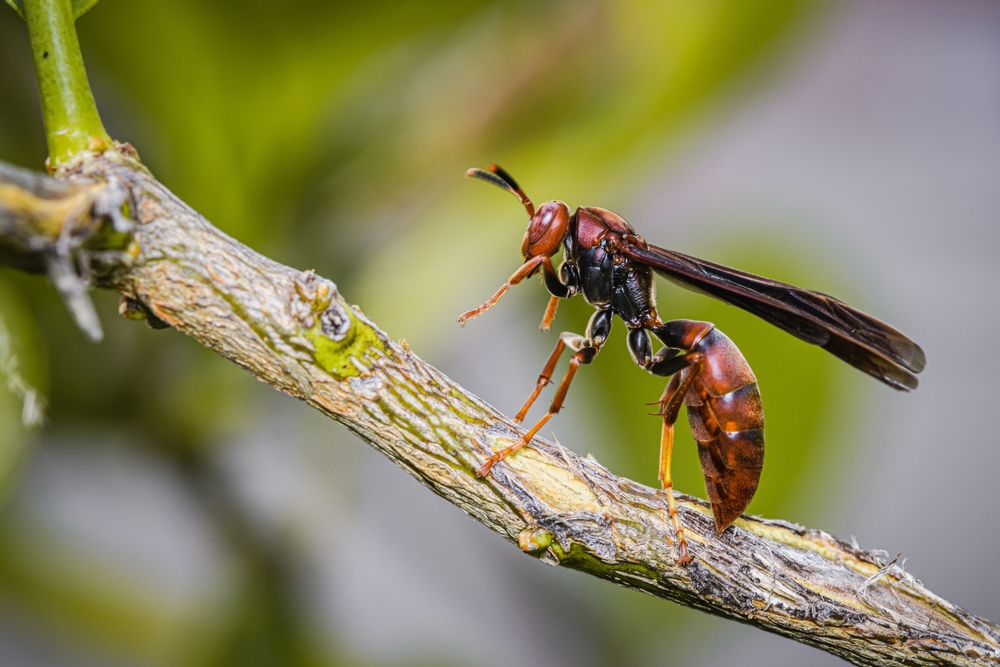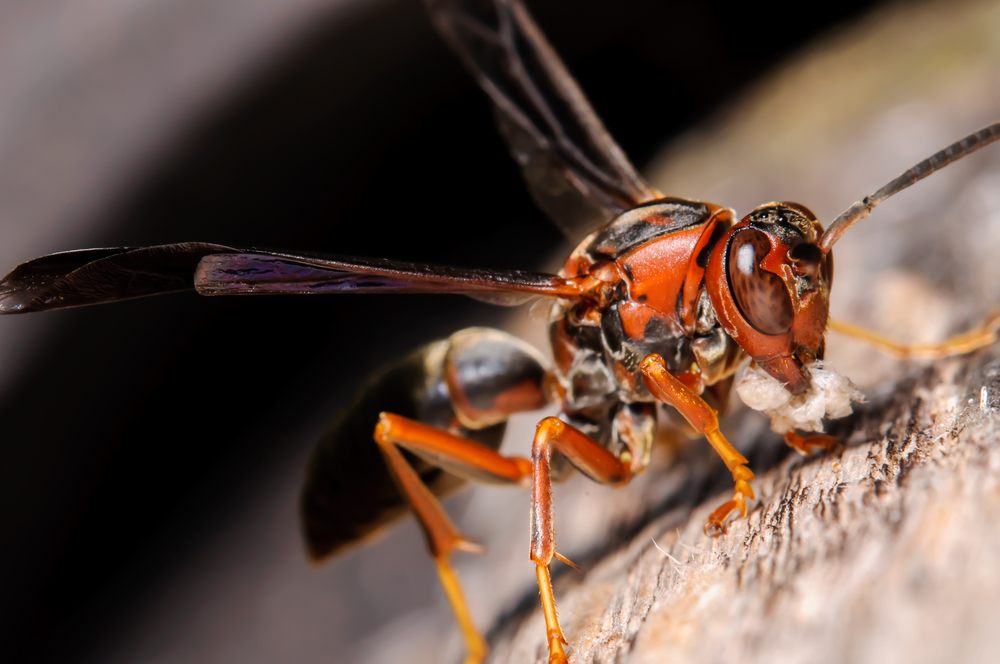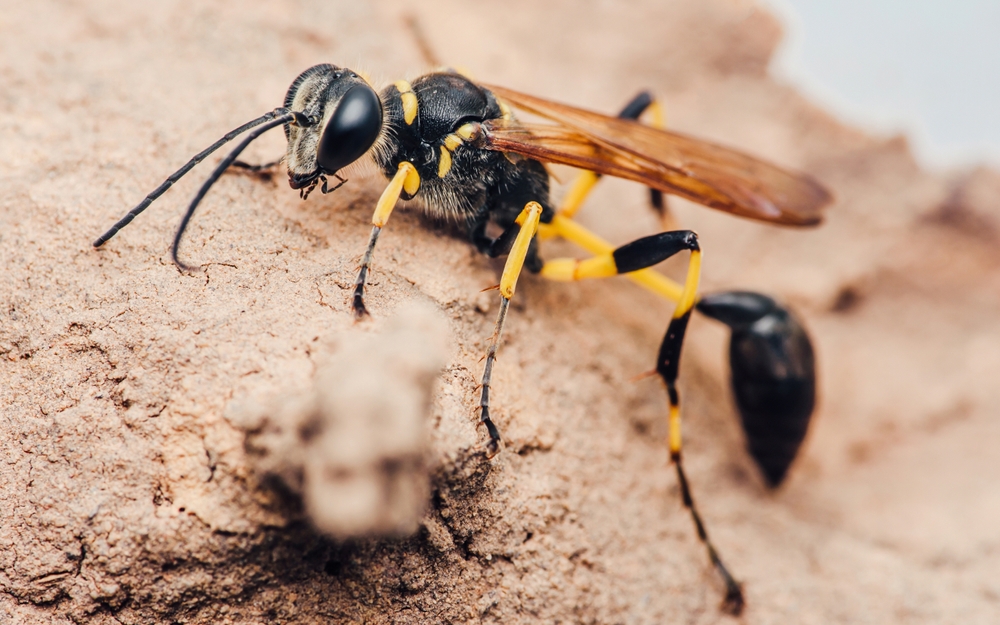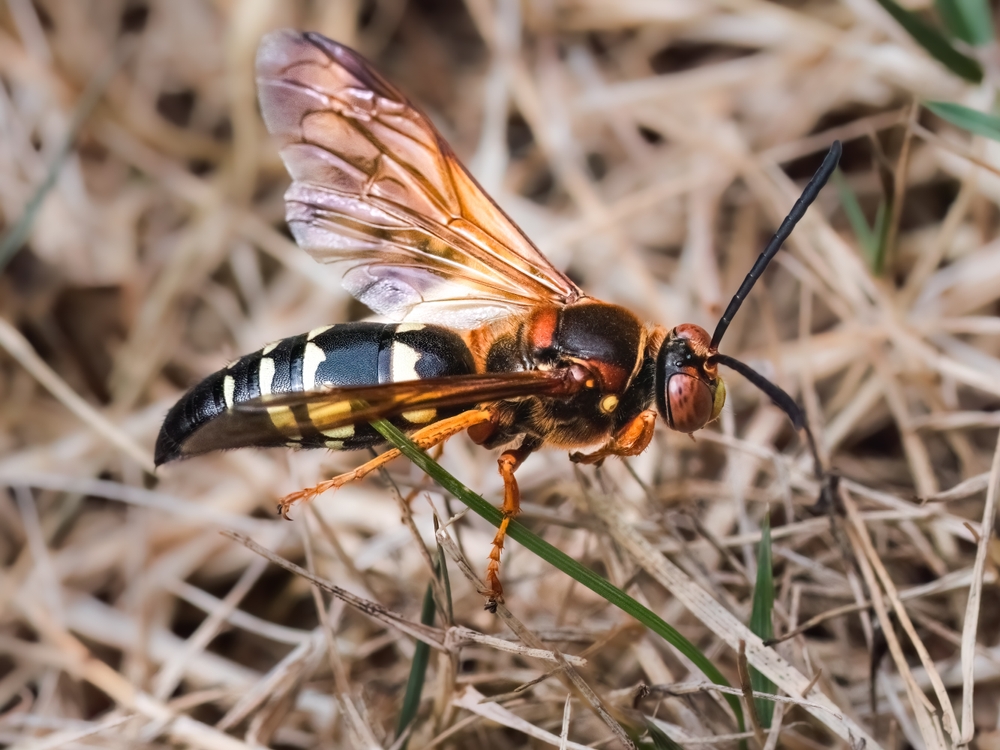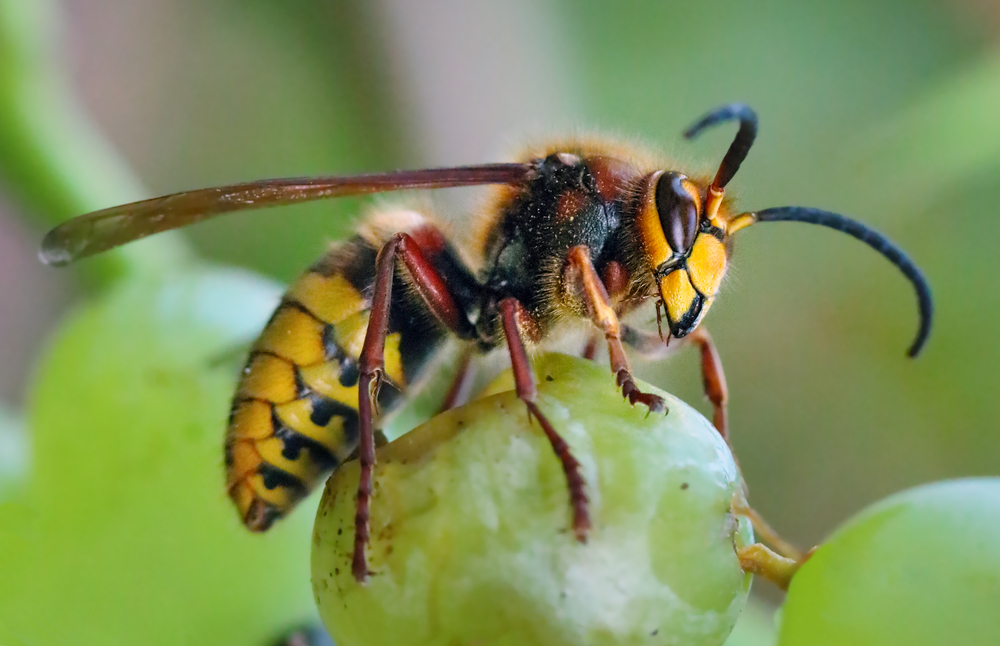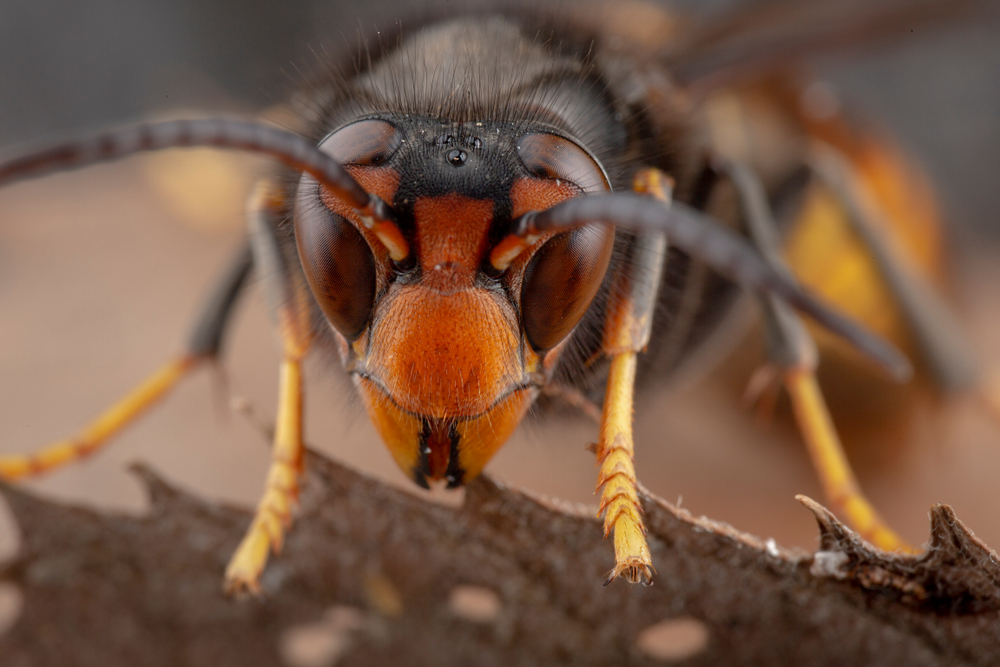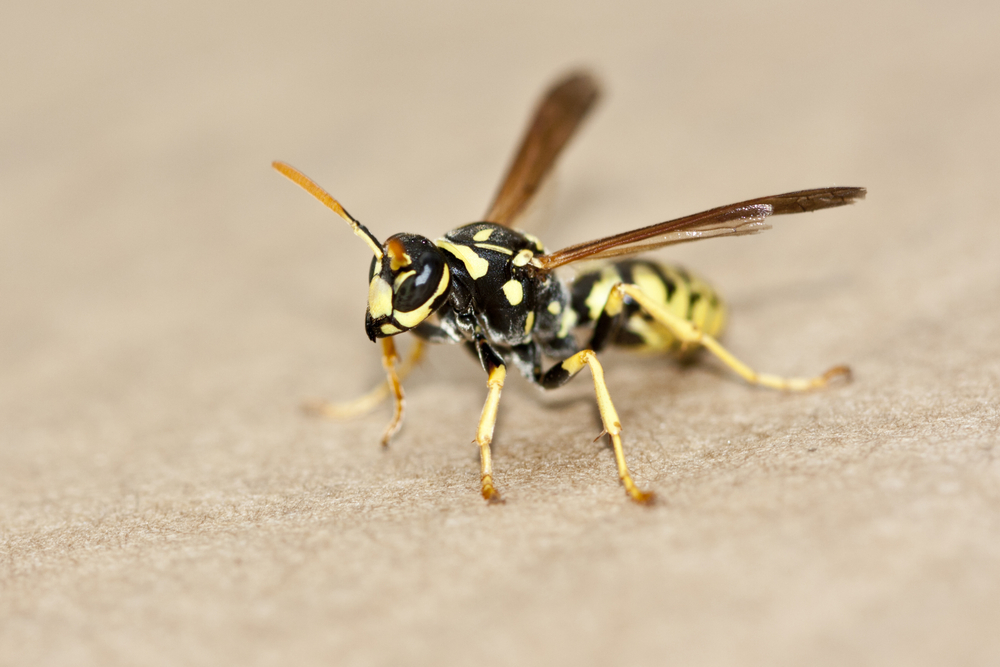About
#Insect
The red paper wasp is a striking, reddish-colored social wasp native to the southeastern and central United States. Recognized for its slender body, long legs, and paper-like nest, this species is often seen around gardens, fields, and eaves of buildings. It plays a dual role in ecosystems—as both a predator of pests and a pollinator of flowers.
Adults typically measure 16–20 mm (0.6–0.8 inches) in length. They are mostly reddish-brown or rusty red in color, with smoky-black wings and sometimes faint yellow markings on the abdomen. Their long legs dangle beneath them in flight, making them easy to identify.
Red paper wasps are eusocial, living in small colonies started each spring by a founding queen. Nests are made from chewed plant fibers mixed with saliva, forming open, umbrella-shaped combs attached to a surface by a single stalk. These nests are often found in sheltered areas such as eaves, sheds, or tree branches.
The wasps are omnivorous, feeding primarily on nectar and other sugary substances for energy, while hunting caterpillars and other soft-bodied insects to feed their larvae. This makes them beneficial to gardens and crops by controlling pest populations.
While not naturally aggressive, Polistes carolina will sting if their nest is disturbed. Their sting is painful but usually not dangerous unless a person is allergic. The species is less aggressive than yellowjackets and more tolerant of human presence.
Colonies typically die off in the fall, with newly mated queens overwintering in sheltered locations to emerge and start new nests in spring.
The red paper wasp’s scientific name is Polistes carolina, and it belongs to the family Vespidae.
Threatened:
Extinct
Critically Endangered
Endangered
Vulnerable
Near Threatened
Least Concern



































































